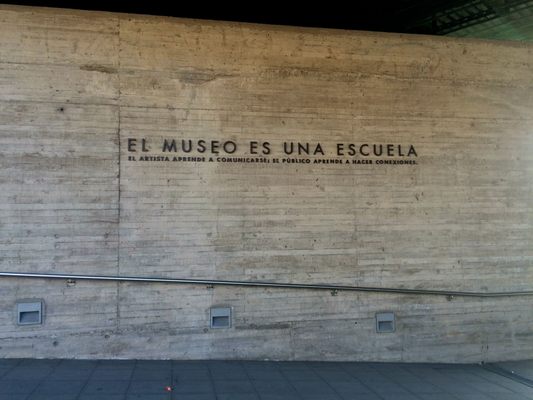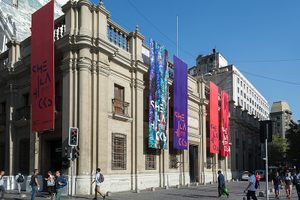About
For a country with the longest history of political stability in Latin America, Chile suffered immensely during the years of the Augusto Pinochet dictatorship.
In an effort to reflect on the horrors of those years, the Chilean government founded El Museo de la Memoria y Los Derechos Humanos, or the Museum of Memory and Human Rights.
Located across the street from the beautiful Quinta Normal Park, the museum traces the history of the Pinochet dictatorship from its origins through to its modern implications, commemorating the victim's abuses during the regime.
The exhibits begin with the military coup of September 11, 1973, when former president Salvador Allende was killed and Agosto Pinochet rose to power and they end with contemporary visiting exhibits and archival access. It includes The three floors of the museum include video footage of detention centers, newspaper excerpts from the 1970s and 80s, and interactive photography and audio exhibits.
Aside from educating the public through its exhibits, the museum also includes a comprehensive archive and documentation center which is open to the public. Like a mini-library, the Center of Documentation is located on the lowest level of the museum and includes both a physical collection of books as well as a digital collection of photography and videos related to this dark period of Chilean history.
Related Tags
Know Before You Go
Easiest access provided by the Quinta Normal metro station.Access to the Museum of Memory and Human Rights, like many museums in Santiago, is free. Since the Museum deals with difficult themes, such as human rights abuses, not all content may be suitable for all audiences. There is a gift shop with souvenirs and books related to the Museum's subject. You should also think about an accompanying visit to Parque La Paz Villa Grimaldi, one of the sites used by the Pinochet regime as a camp and effectively fly off point to disappear bodies. Metro to Plaza Egana and then bus 14.
Community Contributors
Added By
Published
July 7, 2016


































